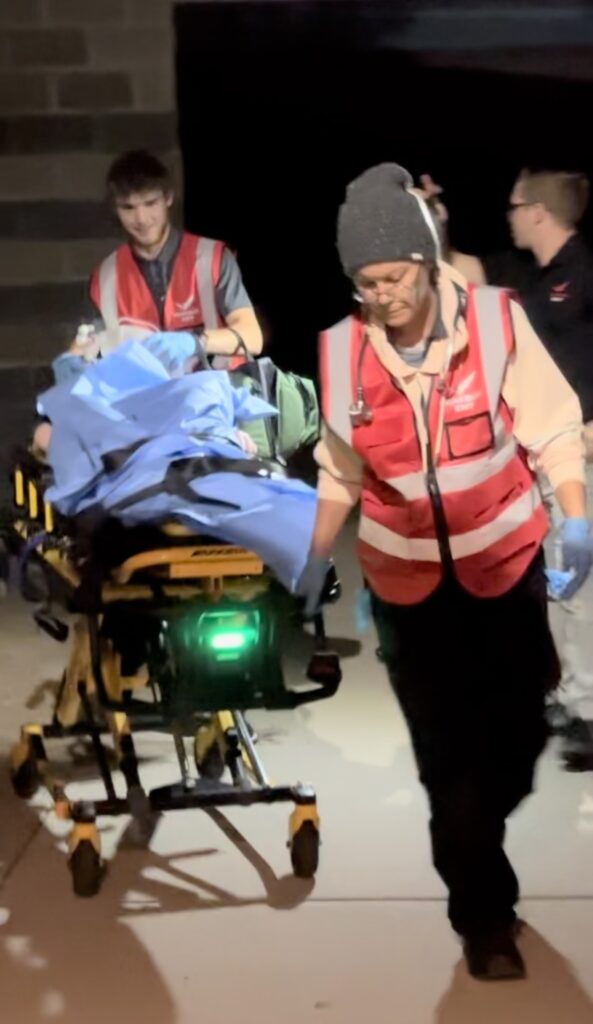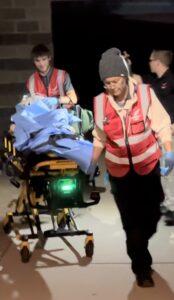- 2066 S 950 E, SUITE B, PROVO, UT 84606
- [email protected]
- [email protected]
- (801) 332-0012

Emergency Medical Technicians (EMTs) play a crucial role in the prehospital setting, bridging the gap between the scene of an emergency and the hospital. They are often the first healthcare professionals on the scene and are responsible for providing initial care, stabilizing patients, and ensuring a safe transition to advanced medical care. In this blog post, we will explore the current need for EMTs in the prehospital setting and why they continue to be an indispensable part of the healthcare system.
1. First Responders in Emergencies
EMTs are often the first healthcare providers to arrive at the scene of an emergency. Whether it’s a car accident, a heart attack, a natural disaster, or any other critical situation, EMTs are trained to assess and manage the situation. Their presence at the scene can make a significant difference in patient outcomes, especially when immediate care is required.
2. Rapid Assessment and Stabilization
EMTs are trained to quickly assess a patient’s condition and stabilize them when necessary. This includes managing airways, controlling bleeding, providing cardiopulmonary resuscitation (CPR), and administering life-saving interventions. Their ability to act swiftly and decisively can be a matter of life or death in many situations.
3. Patient Advocacy and Comfort
Beyond providing medical care, EMTs also serve as advocates for patients. They help patients understand their condition, provide reassurance, and offer emotional support. EMTs are trained to communicate effectively, ensuring that patients and their families are informed and comforted during a stressful time.
4. Reducing Hospital Overcrowding
EMTs contribute to the overall efficiency of the healthcare system by preventing unnecessary hospital visits. By providing on-site assessment and care, EMTs can determine whether a patient’s condition warrants immediate hospitalization or if they can be managed in a less acute care setting. This helps reduce the strain on emergency departments and hospital resources.
5. Community Health and Education
EMTs also play a role in community health and education. They often engage in public outreach programs to educate the public on emergency preparedness, first aid, and basic life support. By empowering individuals with knowledge and skills, EMTs contribute to a safer and more prepared community.
6. Key Links in the Continuum of Care
EMTs are vital links in the continuum of care. Their handover of patients to hospital staff is a critical moment, as they provide essential information on the patient’s condition and the care provided at the scene. This smooth transition ensures that hospital staff can continue the treatment without delay, further improving patient outcomes.
Conclusion
In the current healthcare landscape, EMTs continue to be an indispensable part of the prehospital setting. Their rapid response, life-saving skills, and ability to provide both medical care and emotional support make them essential first responders. EMTs not only save lives but also contribute to the efficiency of the healthcare system by reducing hospital overcrowding and ensuring that patients receive the right level of care. As emergencies will always be a part of our lives, the need for well-trained and dedicated EMTs remains as crucial as ever. Their contributions to community health and safety should be celebrated and recognized as an integral part of the healthcare system.
